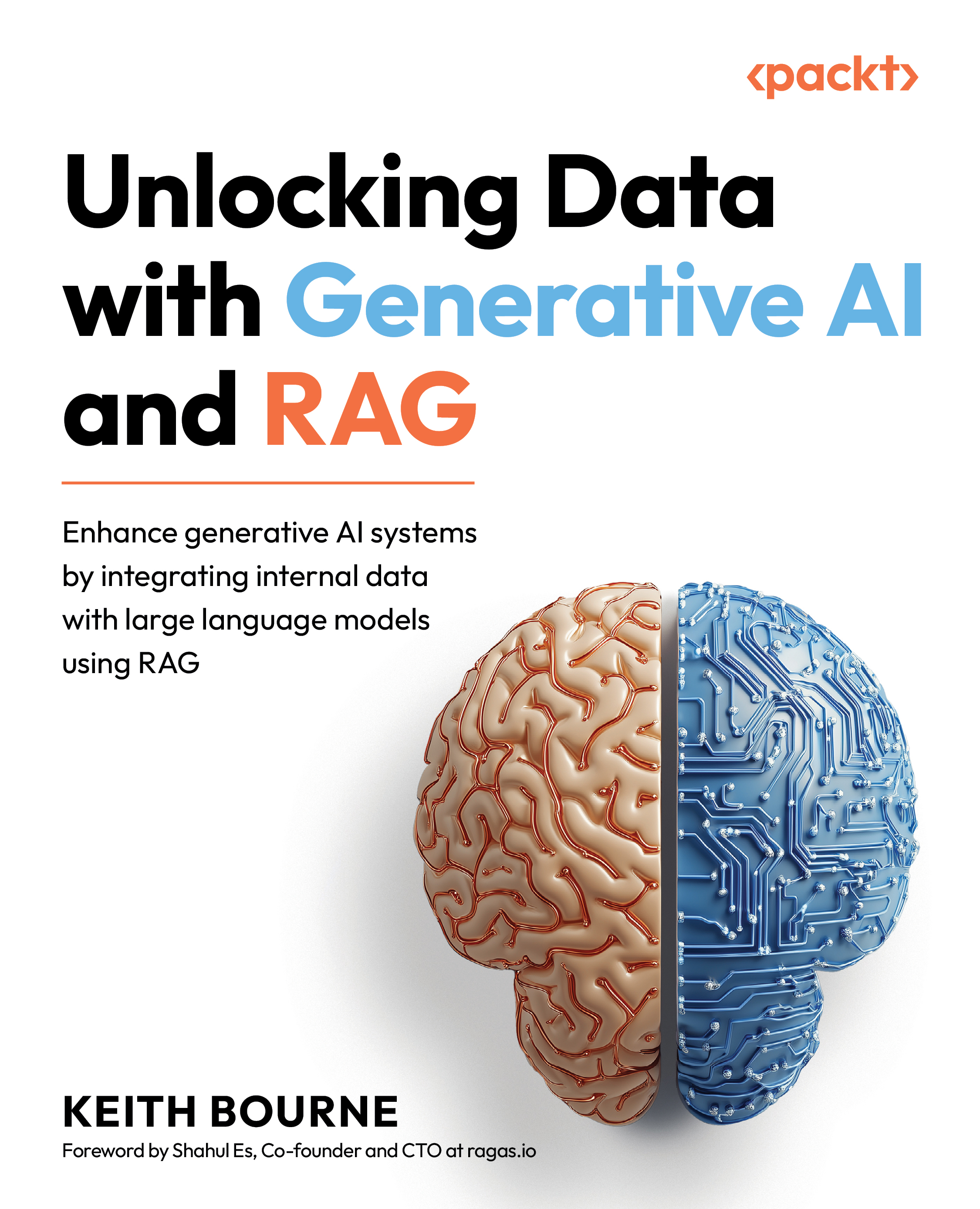Summary
In this chapter, we explored how AI agents and LangGraph can be combined to create more powerful and sophisticated RAG applications. We learned that an AI agent is essentially an LLM with a loop that allows it to reason and break tasks down into simpler steps, improving the chances of success in complex RAG tasks. LangGraph, an extension built on top of LCEL, provides support for building composable and customizable agentic workloads, enabling developers to orchestrate agents using a graph-based approach.
We dove into the fundamentals of AI agents and RAG integration, discussing the concept of tools that agents can use to carry out tasks, and how LangGraph’s AgentState class tracks the state of the agent over time. We also covered the core concepts of graph theory, including nodes, edges, and conditional edges, which are crucial for understanding how LangGraph works.
In the code lab, we built a LangGraph retrieval agent for our RAG application, demonstrating how...
































































